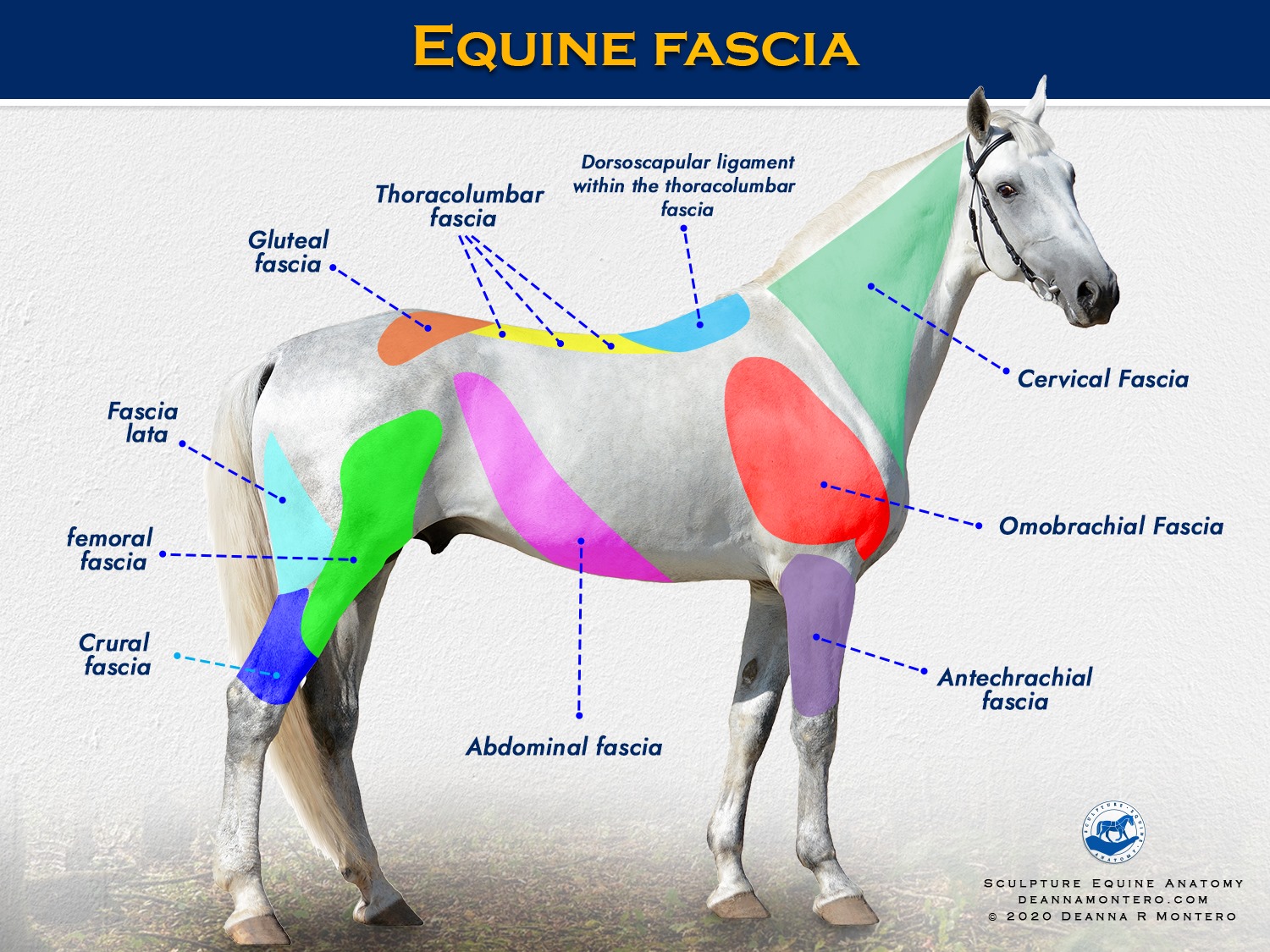Fascia Overview
Fascia is a thin casing of connective tissue that surrounds and holds every organ, blood vessel, bone, nerve fiber and muscle in place. The tissue does more than provide internal structure; fascia has nerves that make it almost as sensitive as skin and when stressed, it tightens up.
Because fascia is a single connected system, fascial adhesions and restrictions create a pulling effect that places enormous pressure on surrounding structures. This leads to numbness or pain from nerves being stretched or compressed, ischemia from decreased blood flow, decreased muscle strength or endurance, and altered structural alignment.
According to Myofascial Release Treatment Centers, “Trauma, inflammatory responses, and/or surgical procedures create Myofascial restrictions that can produce tensile pressures of approximately 2,000 pounds per square inch on pain sensitive structures that do not show up in many of the standard tests (x-rays, myelograms, CAT scans, electromyography, etc.)”.
Myofascial release is slow and concentrated, with the intent of releasing fascial restrictions and allowing the flow of fluids to become more balanced between tissues and throughout the body. Resetting the fascia allows it to return to an optimally smooth, flexible, and elastic state, and relieves the pain that is associated with adhesions.
Dr. Pat Bona, human and veterinary chiropractor explains; “The idea is that gentle directional pressure applied to restricted fascia helps improve the glide between the fascia, starting with the superficial layers. This releases any potential adhesions and moves the fascia to improve circulation and lymphatic drainage. The therapy also helps hydrate the space around the cells — fascial microtubules — which helps keep the body lubricated and prevents mobility issues.”


